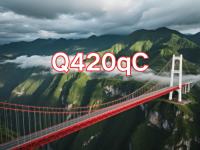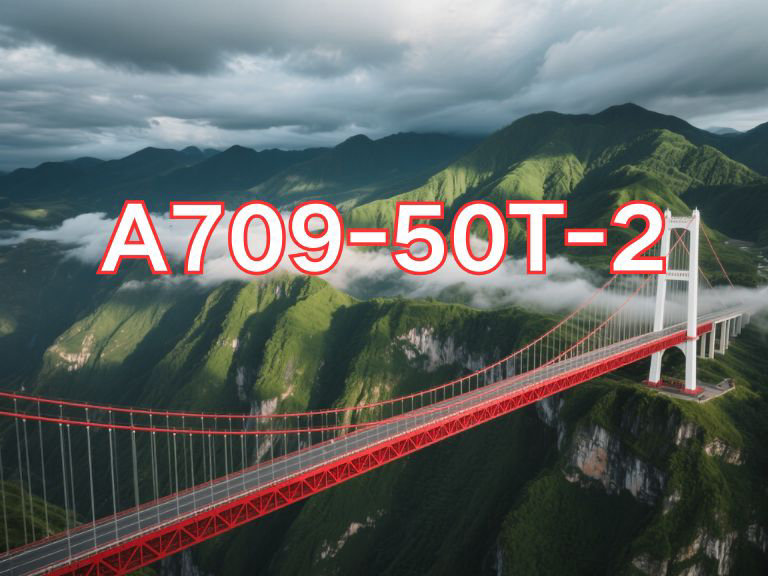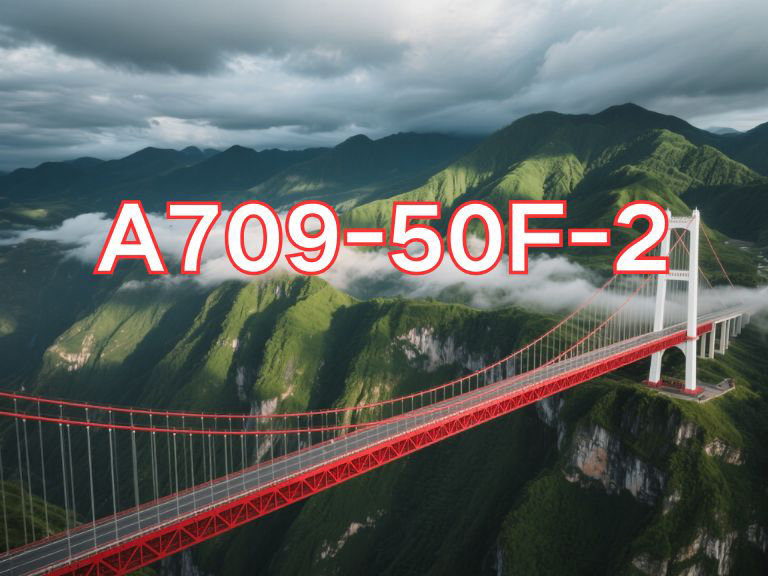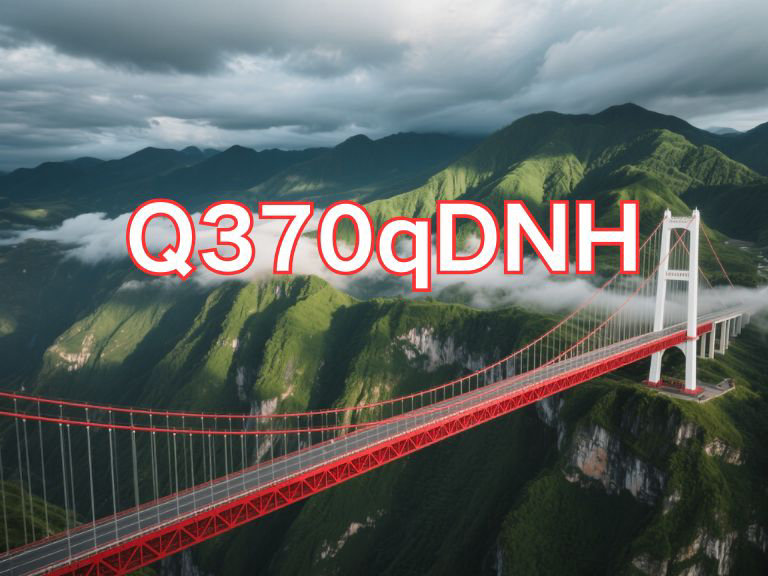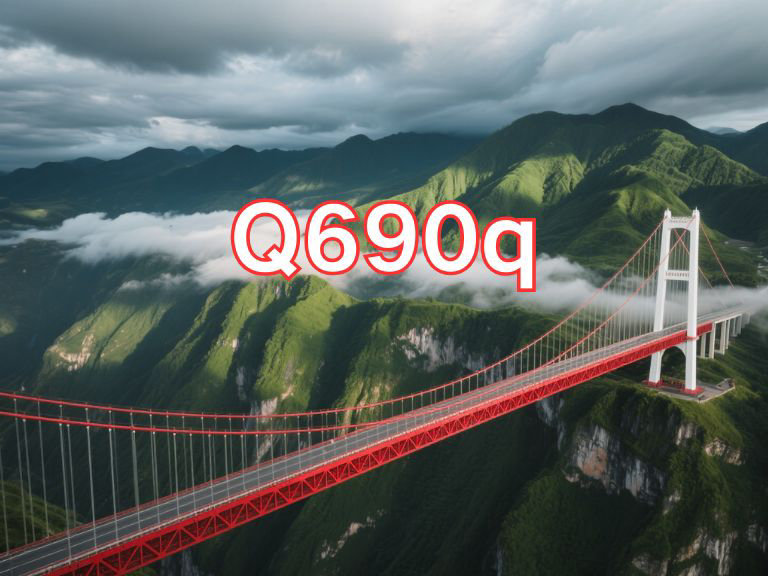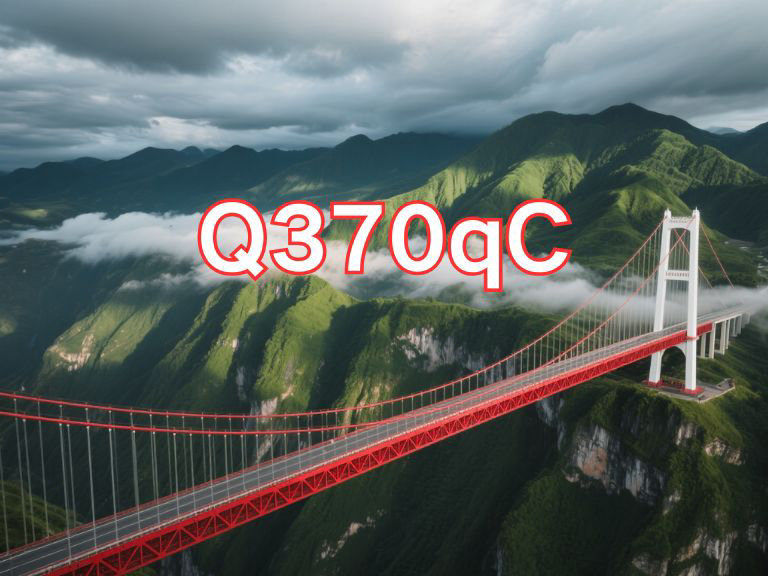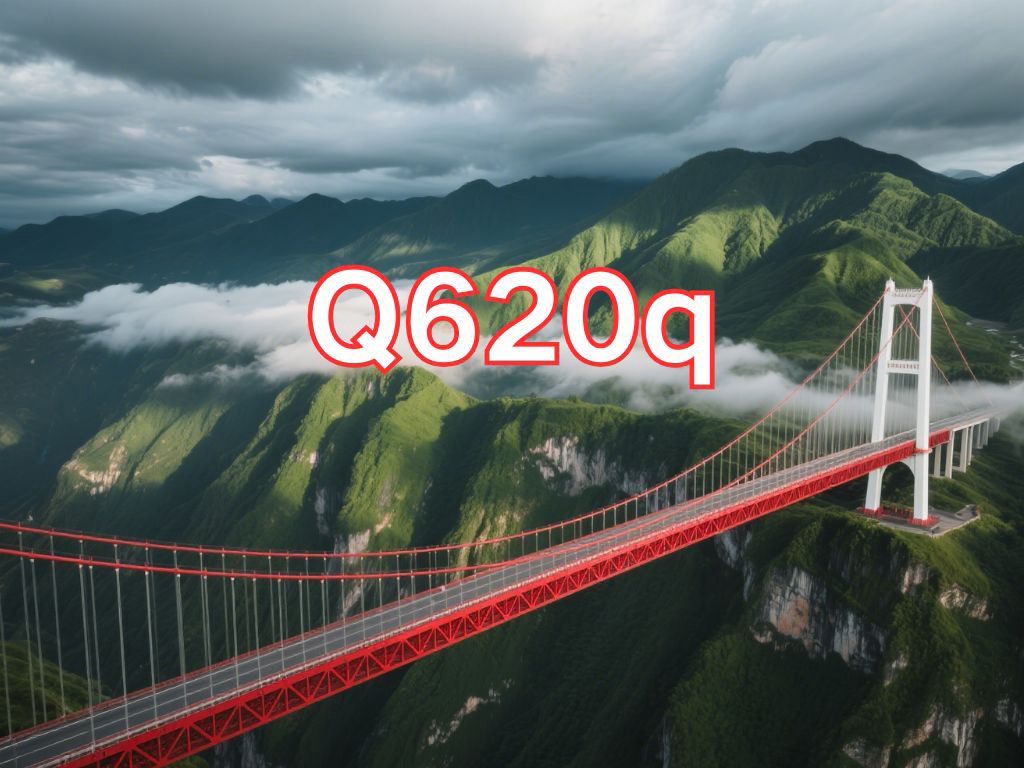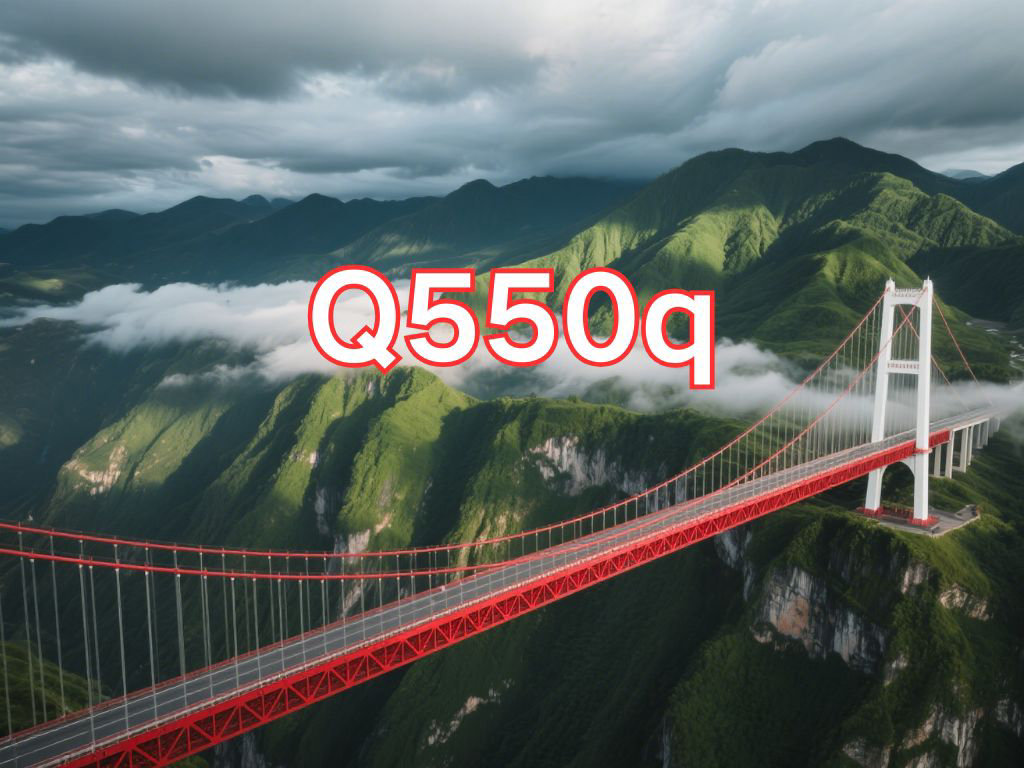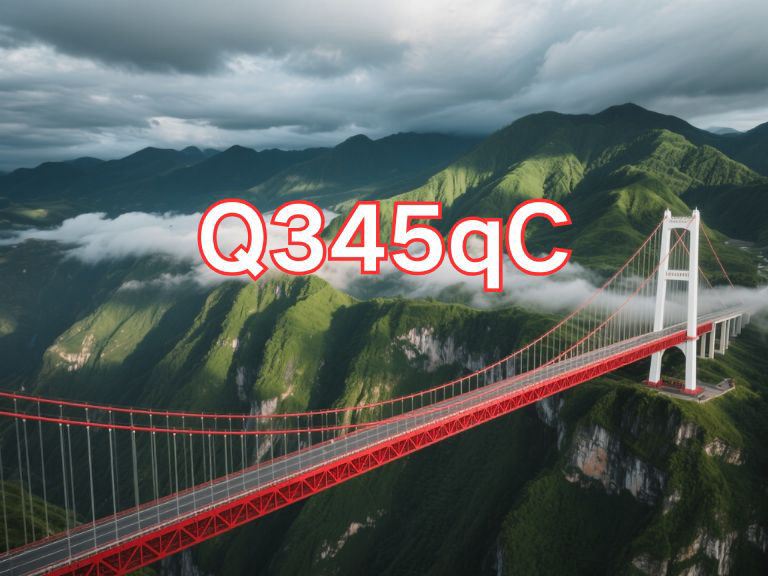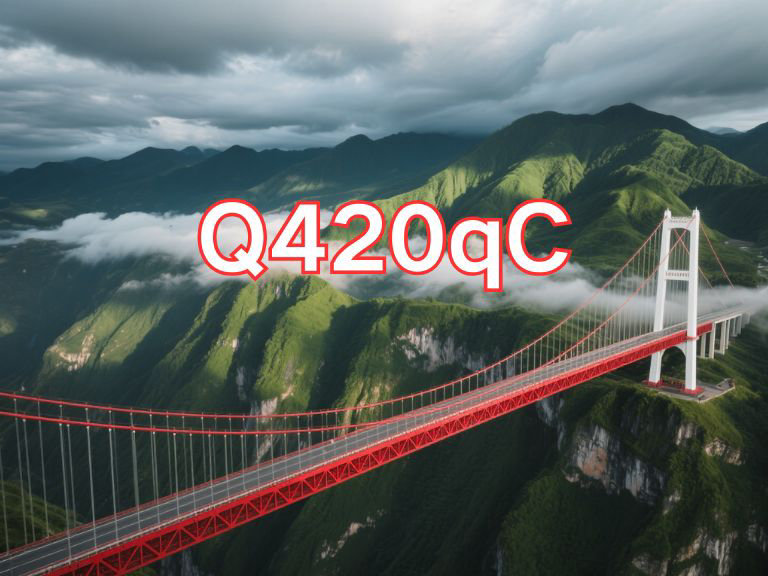

Q420q
Q420q is a high-strength low-alloy structural steel plate specifically designed for bridge construction. It offers excellent mechanical properties, weldability, and atmospheric corrosion resistance, making it widely used in main girders and critical load-bearing components of large-span highway and railway bridges.
Grade Designation
Q: Stands for "Yield Strength" ("Qu" in Chinese pinyin).
420: Indicates the minimum specified yield strength is 420 MPa.
q: Stands for "Bridge" ("Qiao" in Chinese pinyin), signifying its dedicated application in bridge structures.
Physical Properties
Density: ~7.85 g/cm³
Elastic Modulus: ~206 GPa
Poisson's Ratio: ~0.3
Thermal Expansion Coefficient: ~12×10⁻⁶ /K (at 20°C)
Thermal Conductivity: ~50 W/(m·K)
Chemical Composition
Typical composition (weight %):
| Element | C | Si | Mn | P | S | Nb | V | Ti |
|---|---|---|---|---|---|---|---|---|
| Content | ≤0.18 | ≤0.60 | 1.00–1.70 | ≤0.025 | ≤0.015 | 0.01–0.05 | 0.02–0.10 | 0.01–0.05 |
Note: Exact composition may vary slightly depending on standard and thickness, typically involving microalloying (Nb, V, Ti) and Thermo-Mechanical Control Process (TMCP).
Applications
Main girders, cross beams, and towers in large-span highway, railway, and combined road-rail bridges.
Heavy bridge structures requiring high strength and good weldability.
Bridge projects with high demands for fatigue resistance and weathering performance.
Testing and Manufacturing Methods
Manufacturing: Basic oxygen or electric arc furnace → Ladle refining → Continuous casting → Thermo-Mechanical Control Process (TMCP) or normalizing heat treatment.
Testing:
Tensile testing (GB/T 228.1)
Charpy impact testing (GB/T 229, typically required at -20°C or -40°C longitudinal)
Bending test (GB/T 232)
Weldability evaluation
Ultrasonic testing (UT, per GB/T 2970)
Equivalent Grades in ASTM, JIS, and EN Standards
| Standard | Equivalent or Similar Grade | Notes |
|---|---|---|
| ASTM (USA) | ASTM A709 Grade 50W / HPS 50W | 50W is weathering bridge steel; HPS denotes high-performance steel (yield ~345 MPa). Q420q is stronger. A709 Gr. 70W (~485 MPa) is closer in strength but still higher. No exact equivalent. |
| JIS (Japan) | SM520B / SM570 | Used in bridge structures; SM520B yield ≥365 MPa, SM570 ≥400 MPa. Q420q offers higher strength. |
| EN (Europe) | S420Q / S420QL | High-strength structural steel per EN 10025-6 (quenched & tempered), with yield ≥420 MPa. Closest in strength and application, though differing in production and specification systems. |
Note: Q420q is a China-specific bridge steel grade. While no foreign standard has an exact equivalent, S420QL is the closest match in terms of strength level.
The Q420q grade was first introduced in the Chinese national standard GB/T 714-2000 "Structural Steels for Bridges".
This standard was first published in 2000, replacing earlier bridge steel specifications. It systematically defined a series of bridge steel grades, including Q235q, Q345q, Q370q, and Q420q, marking a significant step toward higher strength, better performance, and standardization in China’s bridge steel industry. The subsequent version is GB/T 714-2015.

Ultrasonic Testing (UT)
A key non-destructive testing technique that uses high-frequency sound waves to detect internal flaws in steel plates. The probe emits sound waves, which reflect when encountering defects such as cracks or inclusions. The receiver captures the echoes, enabling precise determination of defect location and size. With high sensitivity, strong penetration, and fast inspection speed, UT effectively ensures internal quality, widely used in the production of heavy plates, pressure vessel plates, and other high-end products to guarantee safety and reliability.

Magnetic Particle Testing (MT)
A common surface inspection method that magnetizes the workpiece, causing leakage magnetic fields at surface or near-surface defects like cracks or inclusions, which attract magnetic particles to form visible indications. Simple to operate and highly sensitive, MT is suitable for rapid inspection of surface and near-surface flaws in ferromagnetic materials, widely used for online or offline inspection of plate edges, ends, and welds, ensuring product quality and safety.

Penetrant Testing (PT)
A non-destructive method for detecting surface-breaking flaws. A penetrant liquid is applied to the cleaned steel surface, allowing it to seep into defects such as cracks or pores. After removing excess penetrant, a developer is applied, causing the trapped penetrant to bleed out and form visible indications. Simple and cost-effective, PT is suitable for inspecting surface defects in various non-porous materials, commonly used for welds, castings, and complex components, effectively ensuring surface quality of steel plates.

